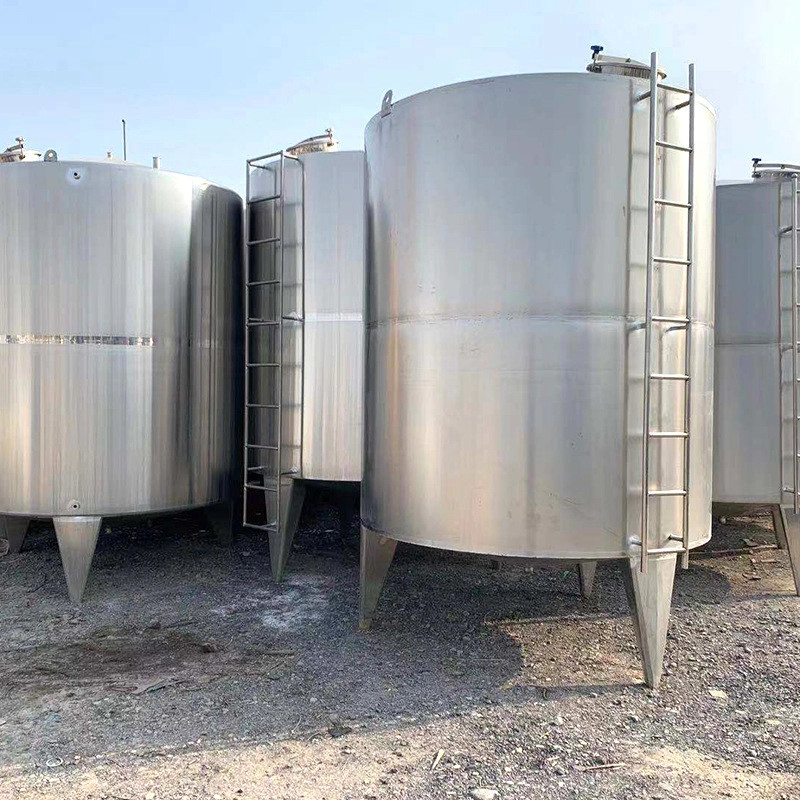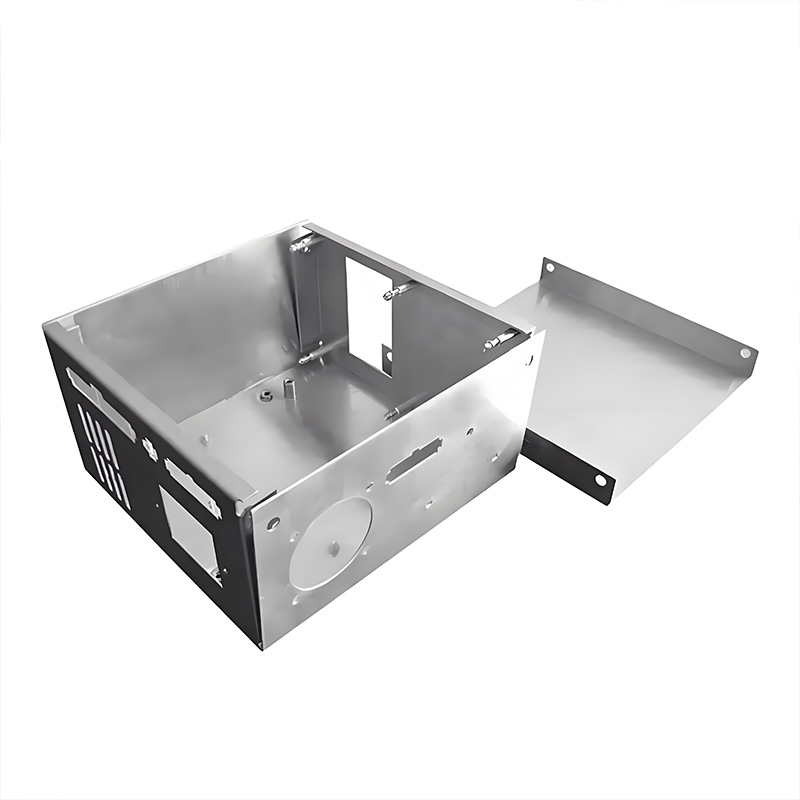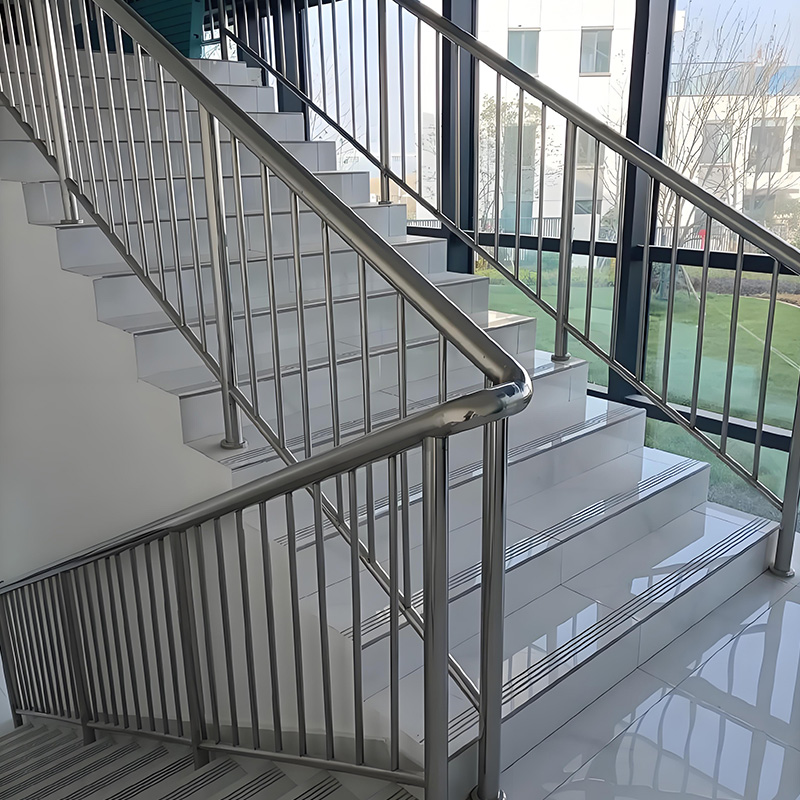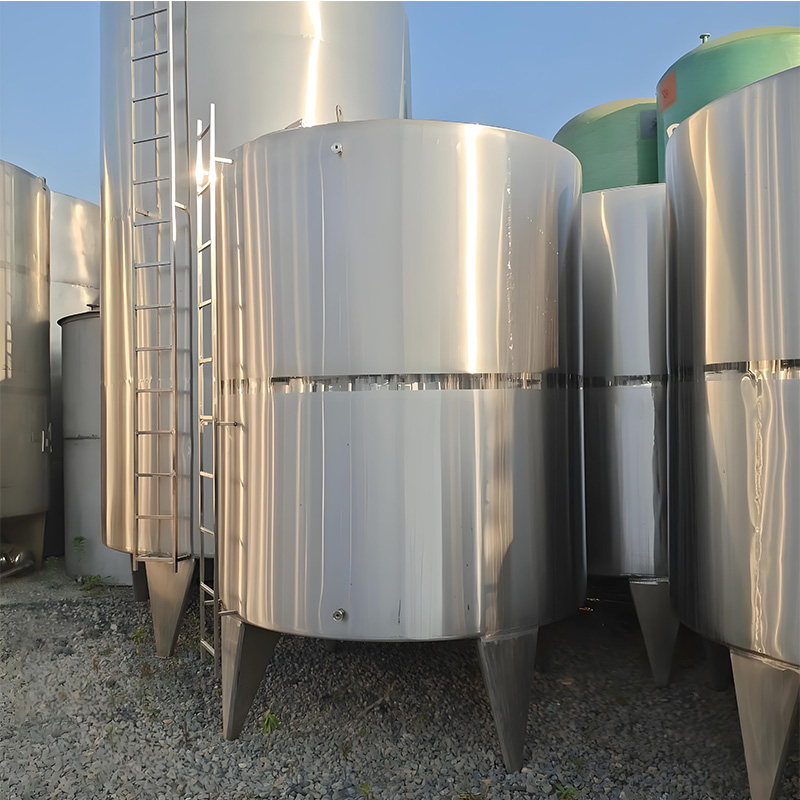Stainless Steel Storage Tanks: 4 Non-Negotiable Safety Standards (2025 Update)
Why Material Quality Dictates Tank Longevity
In 2025, our team encountered a food processing plant using substandard 304-grade steel for caustic soda storage. Within 6 months, stainless steel storage tanks showed pitting corrosion – a $120,000 mistake. Always verify:
- ASTM A240 compliance certificates
- Molybdenum content >2.1% for chemical resistance
- Passivation treatment records
The Silent Killer: Internal Corrosion
NACE International reports 37% of tank failures stem from internal corrosion. Surprisingly, 68% occur in “non-critical” zones like vapor spaces. Our 3-step defense:
- Ultrasonic thickness testing every 90 days
- Eddy current inspection for stress corrosion cracks
- Lining systems for pH <2 or >12 environments
Carbon Steel vs. Stainless Steel Storage Solutions
| Criteria | Carbon Steel | Stainless Steel |
|---|---|---|
| Corrosion Resistance | Requires coating | Inherent protection |
| Lifespan (years) | 7-12 | 25-40+ |
| Maintenance Cost | $18k/year | $4.5k/year |
⚠️ Critical Mistake Alert
Never use chlorine-based cleaners on stainless steel storage tanks – they initiate chloride stress corrosion cracking (CSCC). Opt for citric acid solutions instead.
5-Step Maintenance Protocol
- Pressure test quarterly at 1.5x operating PSI
- Inspect weld seams with dye penetrant annually
- Monitor electrolytic potential monthly
- Clean discharge valves bi-weekly
- Document all maintenance in digital log
Pre-Commissioning Verification Checklist
- □ Third-party material certification
- □ Hydrostatic test results
- □ Welder qualification records
- □ Emergency vent sizing calculations
FAQs: Stainless Steel Storage Solutions
Q: How often should I replace gaskets?
A: Replace elastomeric seals every 3-5 years, PTFE every 7-10 years.
Q: Can I store organic acids?
A: Only in 316L or 2205 duplex stainless tanks with proper nitrogen padding.










